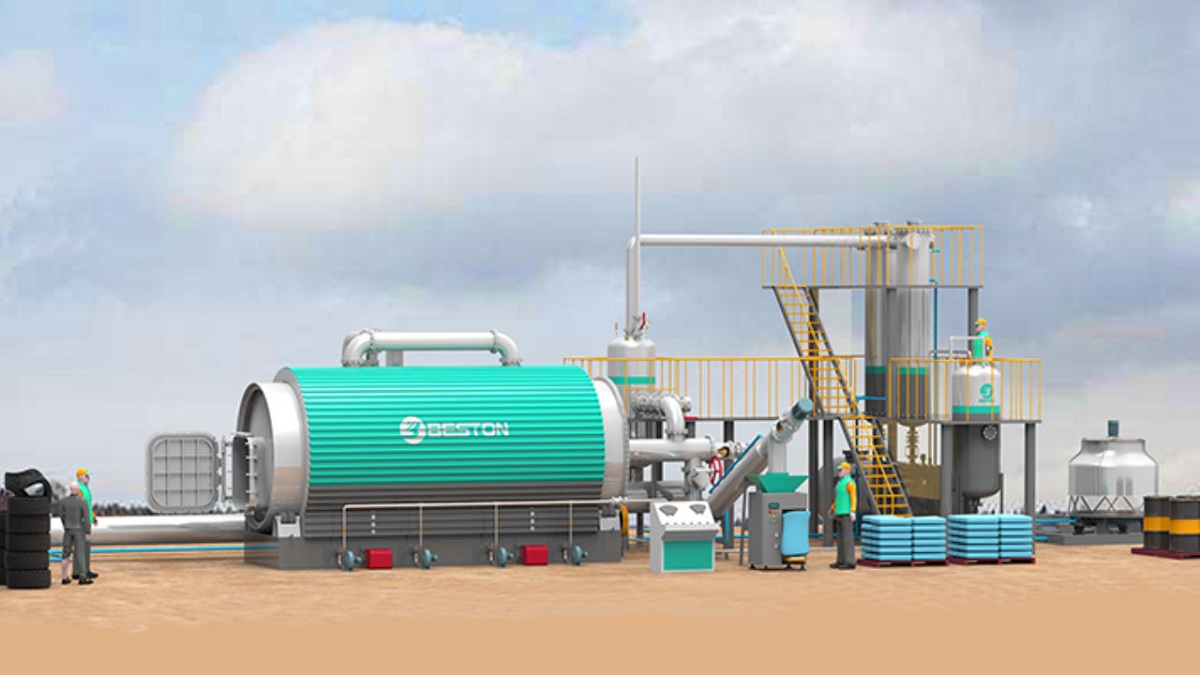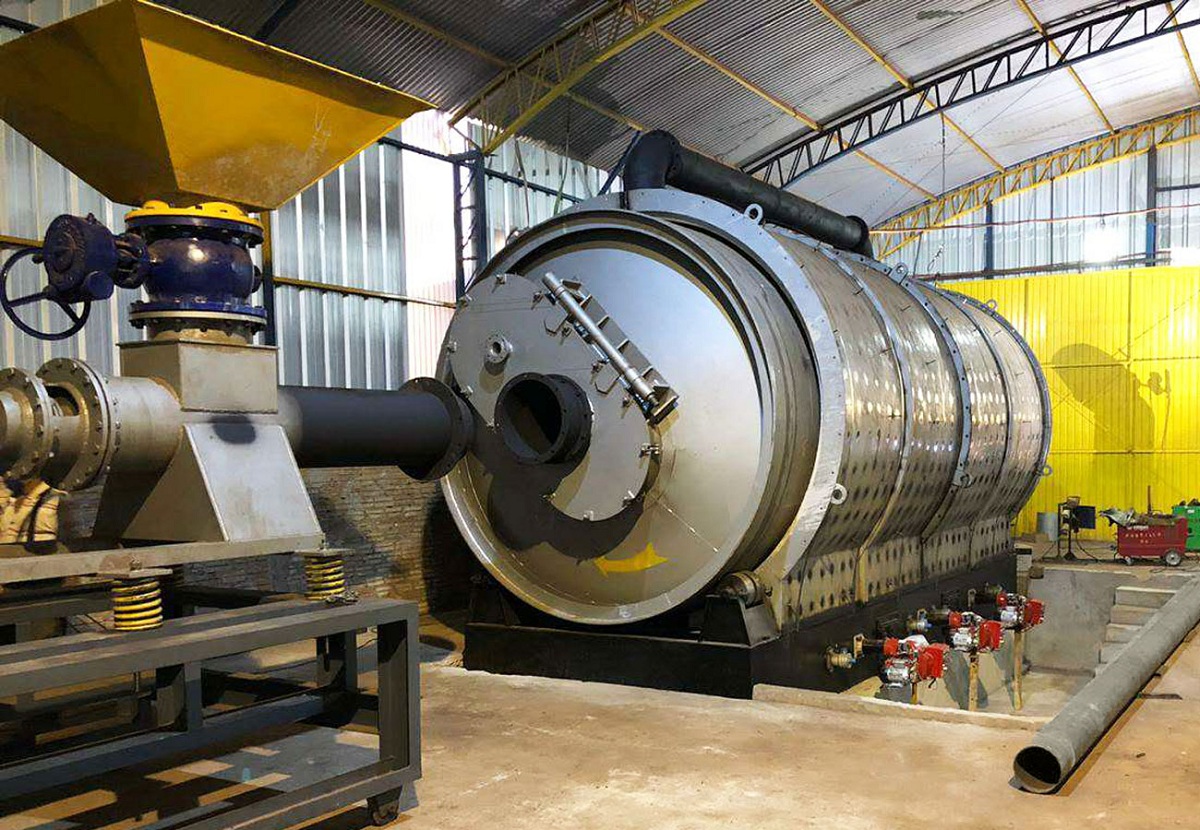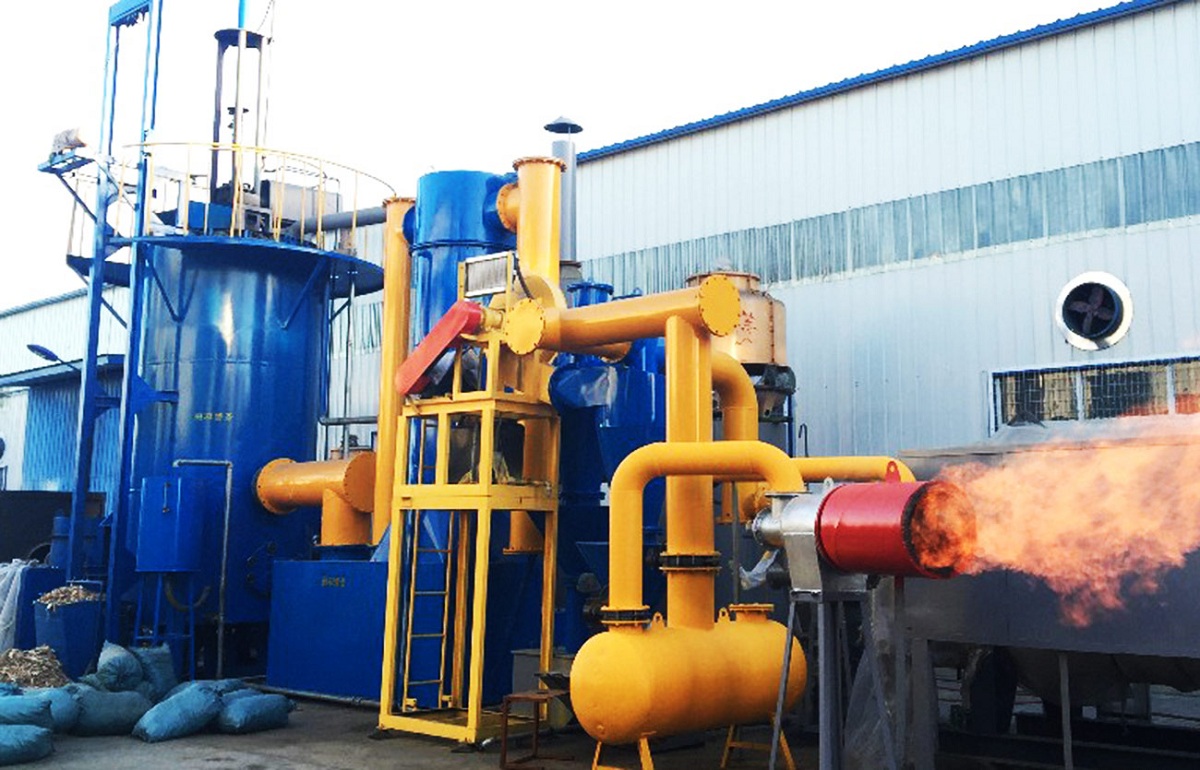
The marketing process includesseveral phases that are reflected below: pyrolysis or pyrolytic, also known, is a process in which the degradation of biomass is produced by the action of heat without the need for oxygen, that is, it takes place in a completely dry atmosphere. The products formed as a result of pyrolysis can be solids, liquids and gases, and correspond to products such as coal or charcoal, tar and finally the well-known gaseous products or charcoal vapor. This process can occur alone in nature or together during combustion or gasification.
In this article we are going to tell you everything you need to know about pyrolysis, its characteristics and importance.
Key features

Pyrolysis is a thermochemical treatment that It can be applied to any carbon-based organic product. The material is exposed to high temperatures, in the absence of oxygen, to chemically and physically separate into distinct molecules.
Pyrolysis is a form of thermolysis and can be defined as the thermal decomposition that a material undergoes in the absence of oxygen or some type of reagent. The decomposition undergone can result from a fairly complex series of chemical reactions and heat and mass transfer processes. It can also be defined as the steps that take place before gasification and combustion.
When it occurs in its extreme form, only carbon remains as a residue, which is called charring. Through pyrolysis we can obtain different secondary products that are useful in the technical field. Pyrolysis products always produce solid gases such as carbon, liquids and non-condensable gases such as H2, CH4, CnHm, CO, CO2 and N. Since the liquid phase is only extracted from the pyrolysis gas during its cooling, the two streams of gas can be used together in some applications where hot syngas is supplied directly to the burner or oxidation chamber.
Types of pyrolysis

There are two different types of pyrolysis depending on the physical conditions in which it is carried out:
- Aqueous pyrolysis: This term is used when it is necessary to refer to pyrolysis that occurs in the presence of water, such as steam cracking of oils or thermal depolymerization of organic residues in heavy crude oils.
- Vacuum Pyrolysis: This type of vacuum pyrolysis involves heating organic materials in a vacuum to achieve lower boiling points and avoid unfavorable chemical reactions.
The process by which pyrolysis occurs is divided into three stages, as follows:
- In the first stage there is slow decomposition with production of small amounts of water, oxides of carbon, hydrogen and methane. This decomposition occurs as a result of the breaking of bonds due to the high temperature of the process and the release of gases trapped in the coal.
- The second stage is called active thermal decomposition stage. The temperature rises during this stage and the carbon molecules break down more deeply, forming condensable hydrocarbons and tars. This phase begins at 360º C and ends when it reaches a temperature of approximately 560º C.
- The final stage occurs at temperatures above 600ºC and is characterized by the gradual disappearance of hydrogen and other heteroatoms.
What is pyrolysis used for in the kitchen?

When we are in the kitchen, we need to have the necessary tools to make our lives easier, and having a state-of-the-art oven is ideal for that. There is currently a range of ovens with a self-cleaning function, called pyrolysis ovens, whose main function is to be able to clean themselves.
This type of ovens They have the ability to raise the temperature up to 500 ° C, decomposing the remains of food inside, turning them into steam or ashes, and also eliminating unpleasant odors after cooking inside the oven. That is, food remains, due to high temperatures, convert organic matter into carbon dioxide, which, once converted into water, evaporates; likewise, inorganic matter turns to ashes when exposed to that temperature.
This process can take from 1 to 4 hours., depending on how clean the program is, at the end we simply clean the oven with a damp cloth and collect the ashes. In this way, the use of chemical products that can be harmful to health over time is eliminated.
Benefits in ovens and environmental importance
Having an oven that allows us to save time and money, doing pyrolysis brings the following benefits:
- Without a doubt, the main benefit is the self-cleaning function.
- It is ecological as it reduces the use of chemical products to clean the oven.
- According to the electricity price calculator of the National Energy Commission, the cost of electricity is low because it consumes only 0,39 cents.
- It is made with the highest quality materials to protect furniture from high temperatures.
- When the furnace reaches a temperature of 500 °C, the oven door locks and the oven cleans itself to prevent accidents.
- They are more comfortable and efficient than traditional ovens.
- It can be programmed to start pyrolysis at times when electricity costs are lowest.
Pyrolysis is important because it helps control air pollution associated with incineration.. It also helps reduce the amount of incoming waste and the generation of sterile waste, which extends the life of the landfill and improves the quality of the landfill. Finally, it is also a way to convert part of the waste into storable and transportable fuel.
Regarding the pyrolysis of lignin, also a component of wood, it produces aromatic compounds and a higher carbon content, about 55% in the case of cellulose and 20% in the case of wood oil, 15% tar residue and 10% gas.
In the event that forest biomass is pyrolyzed, its properties have a very significant effect on the resulting product. For example, the role of moisture is to reduce the yield of the charring process because heat is required to evaporate the water as well as producing more brittle carbon than when the biomass has a lower moisture content. Therefore, it is recommended that the moisture content of the biomass be close to 10%. The density of the initial feedstock also affects the quality of the carbon that will be formed by pyrolysis, and forest residues are recommended for high-quality carbon.
I hope that with this information you can learn more about pyrolysis and its characteristics.